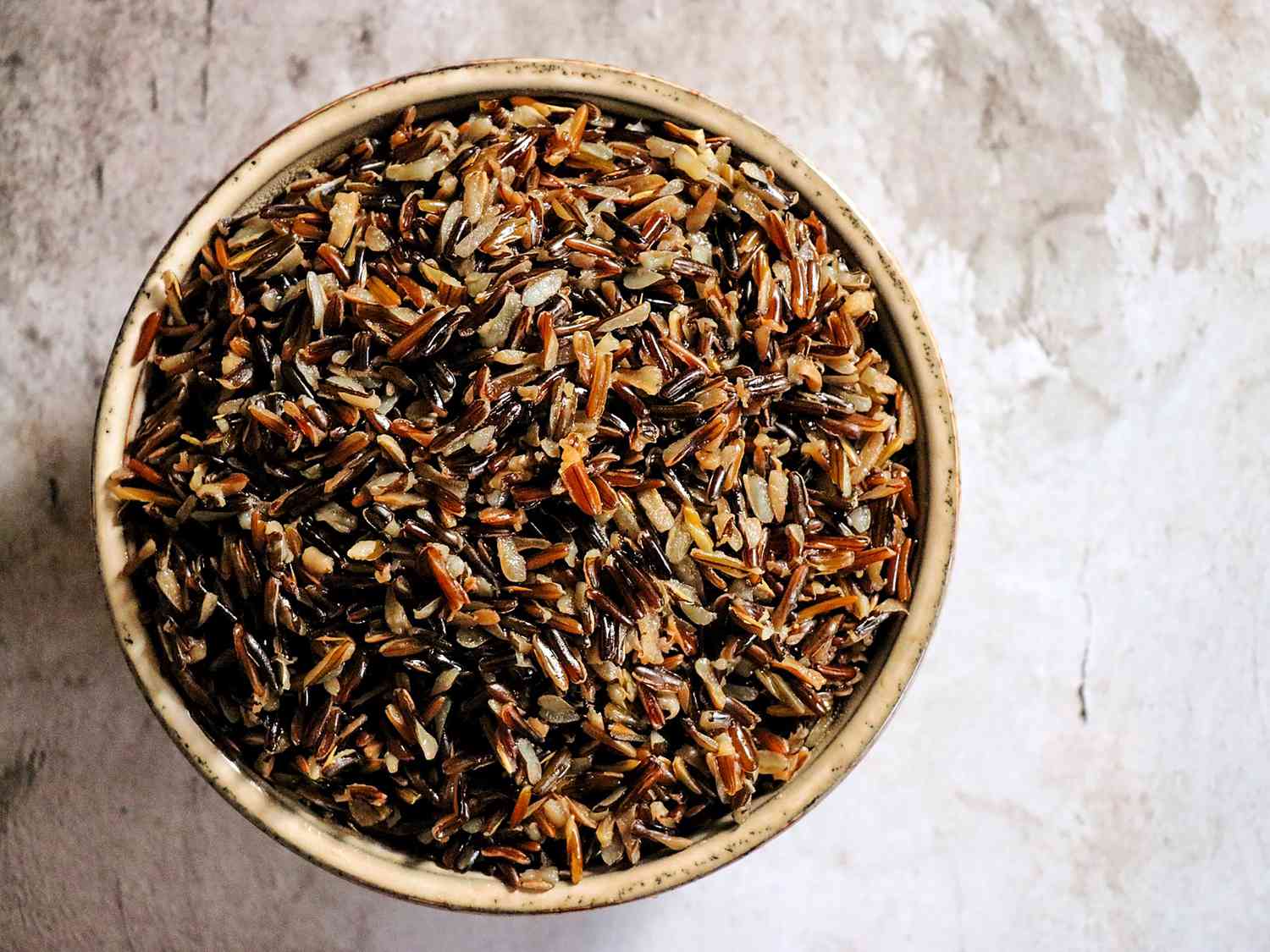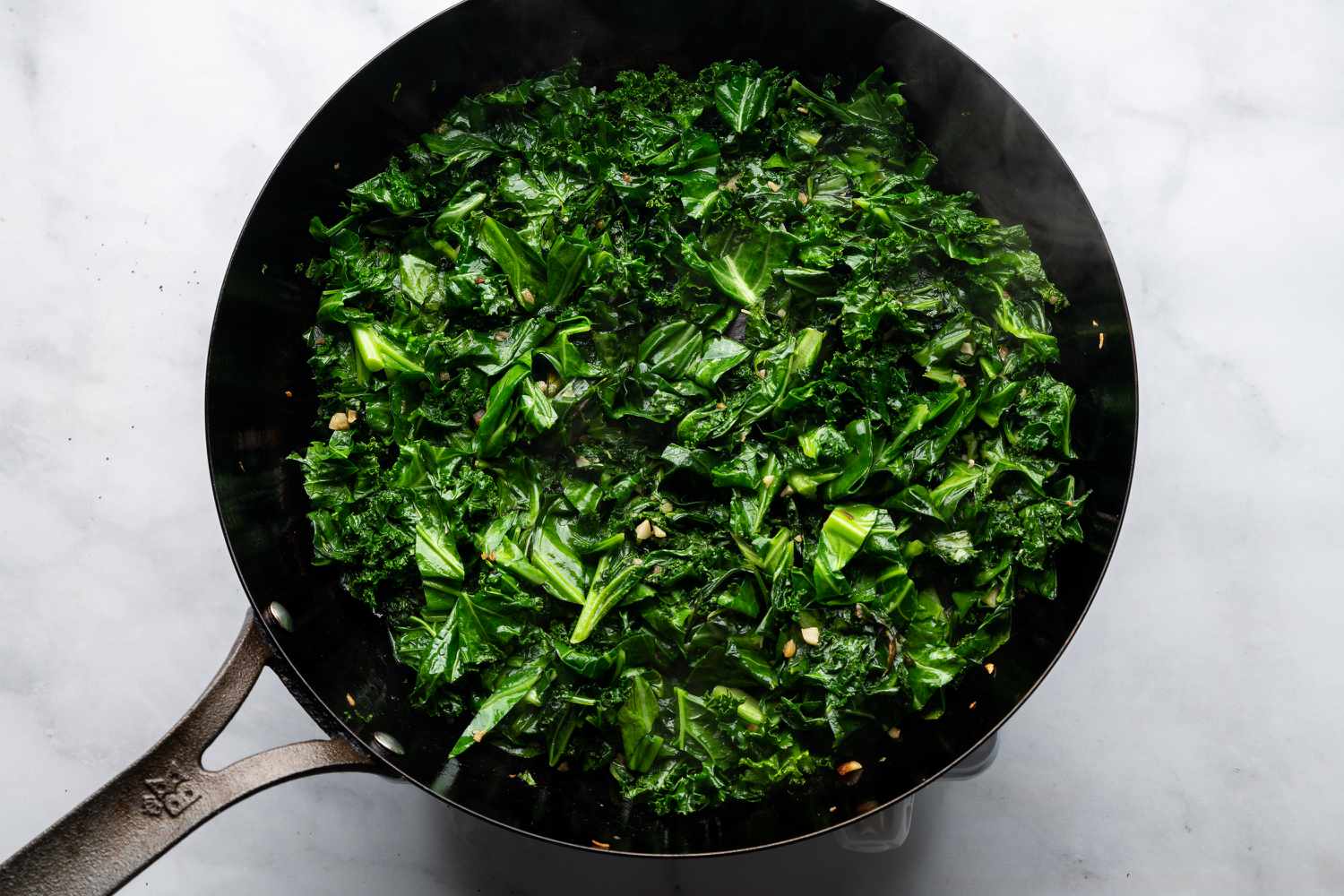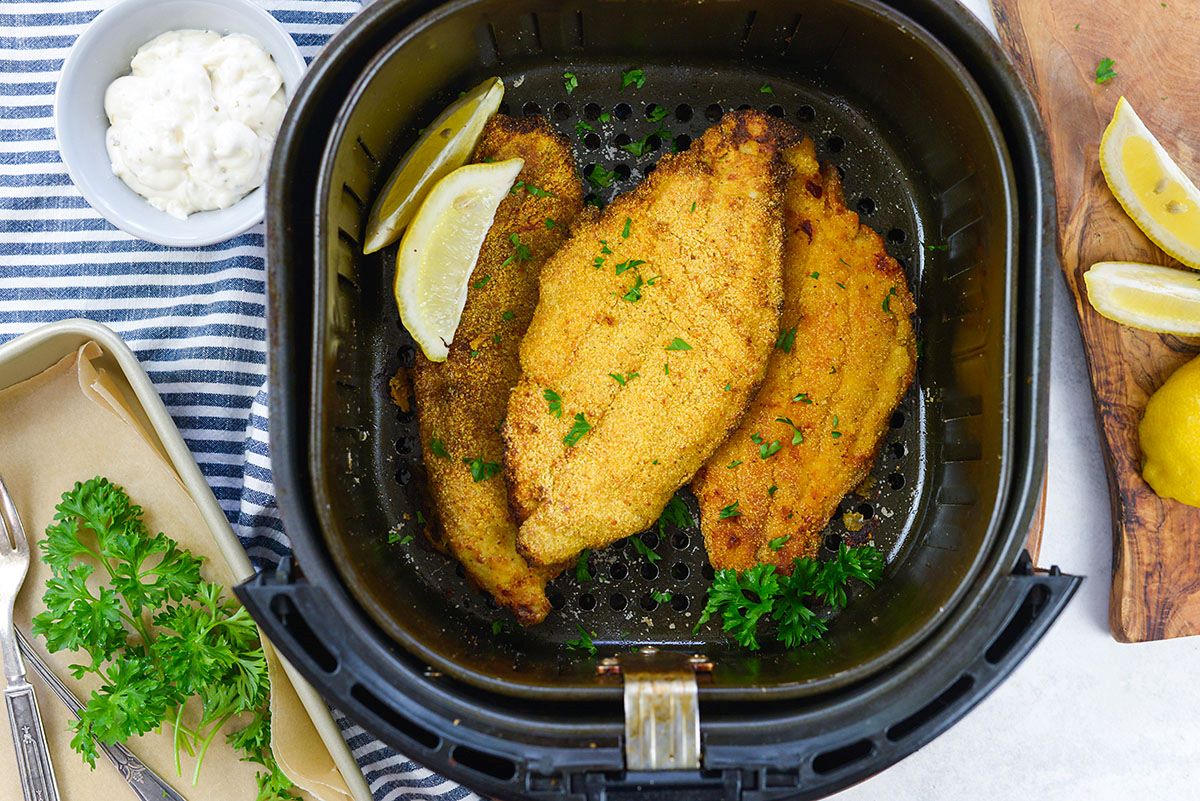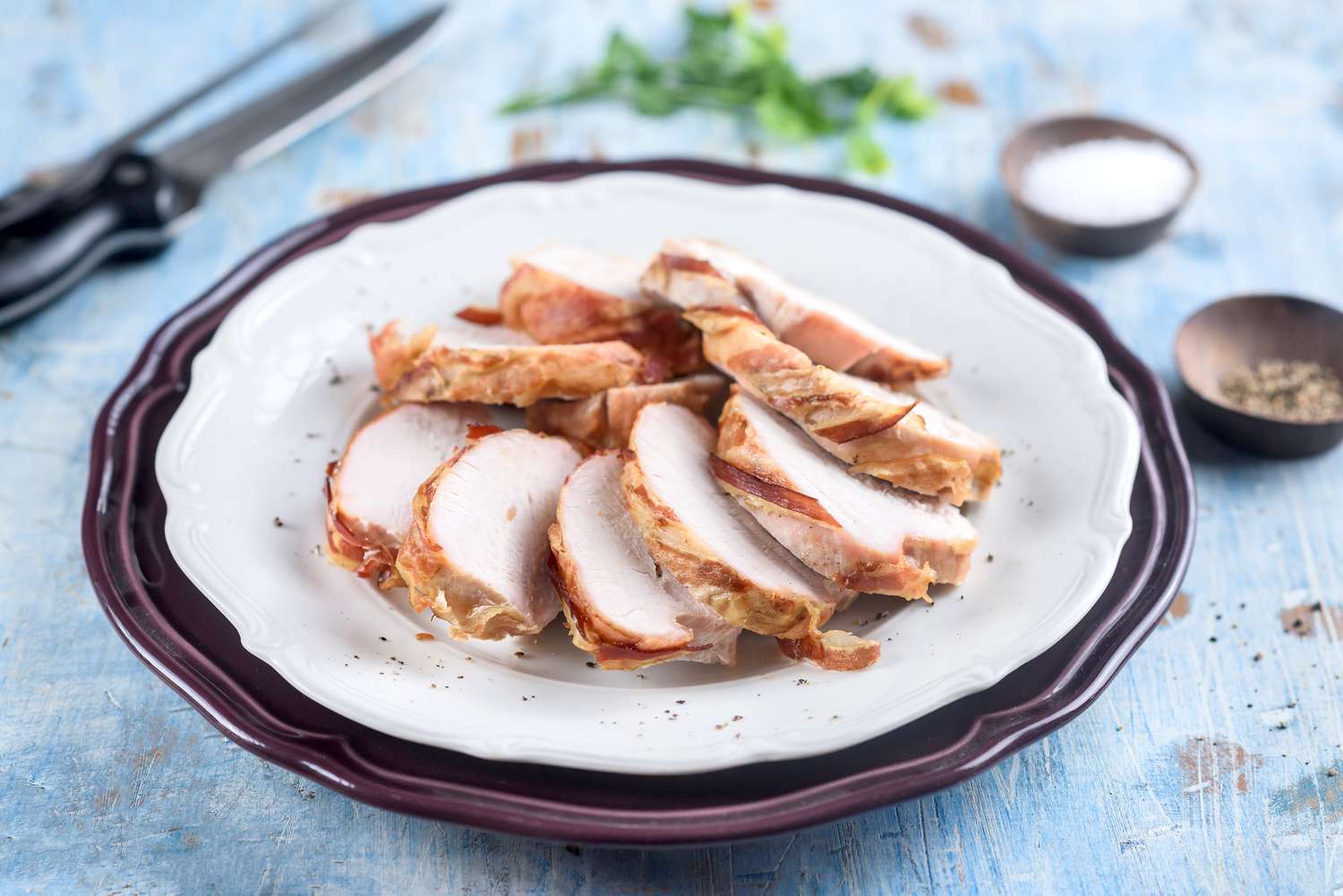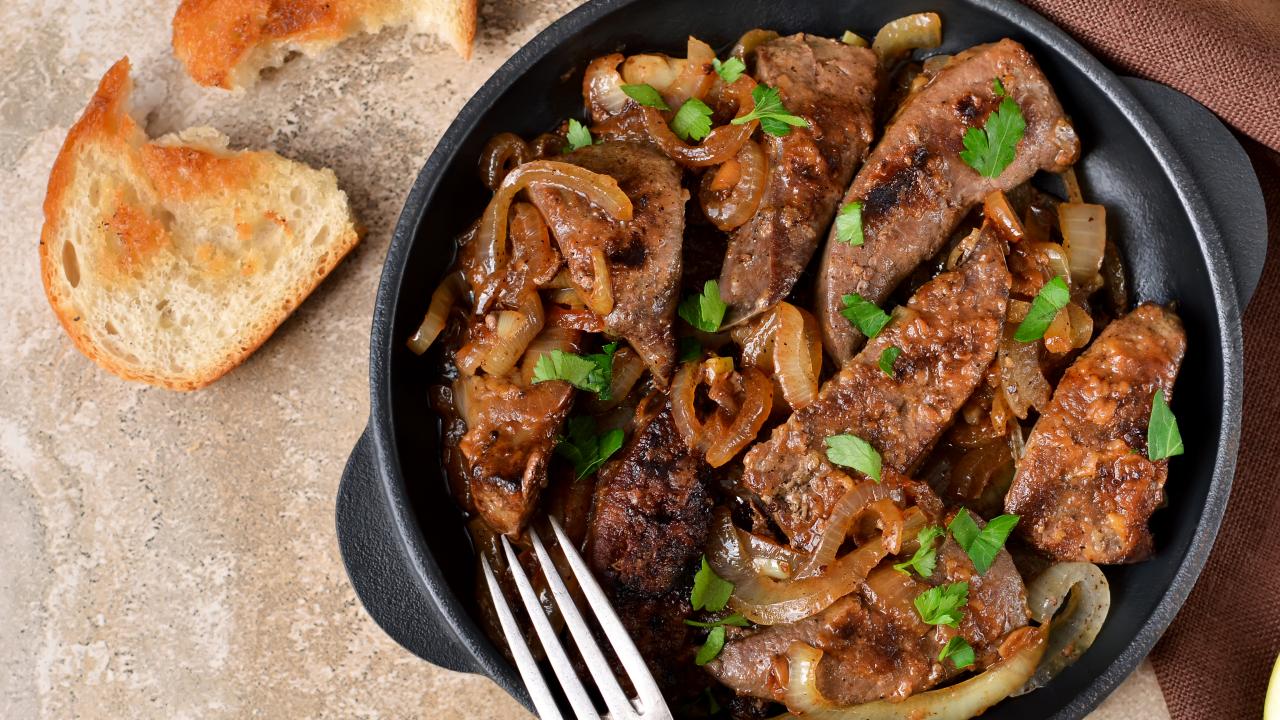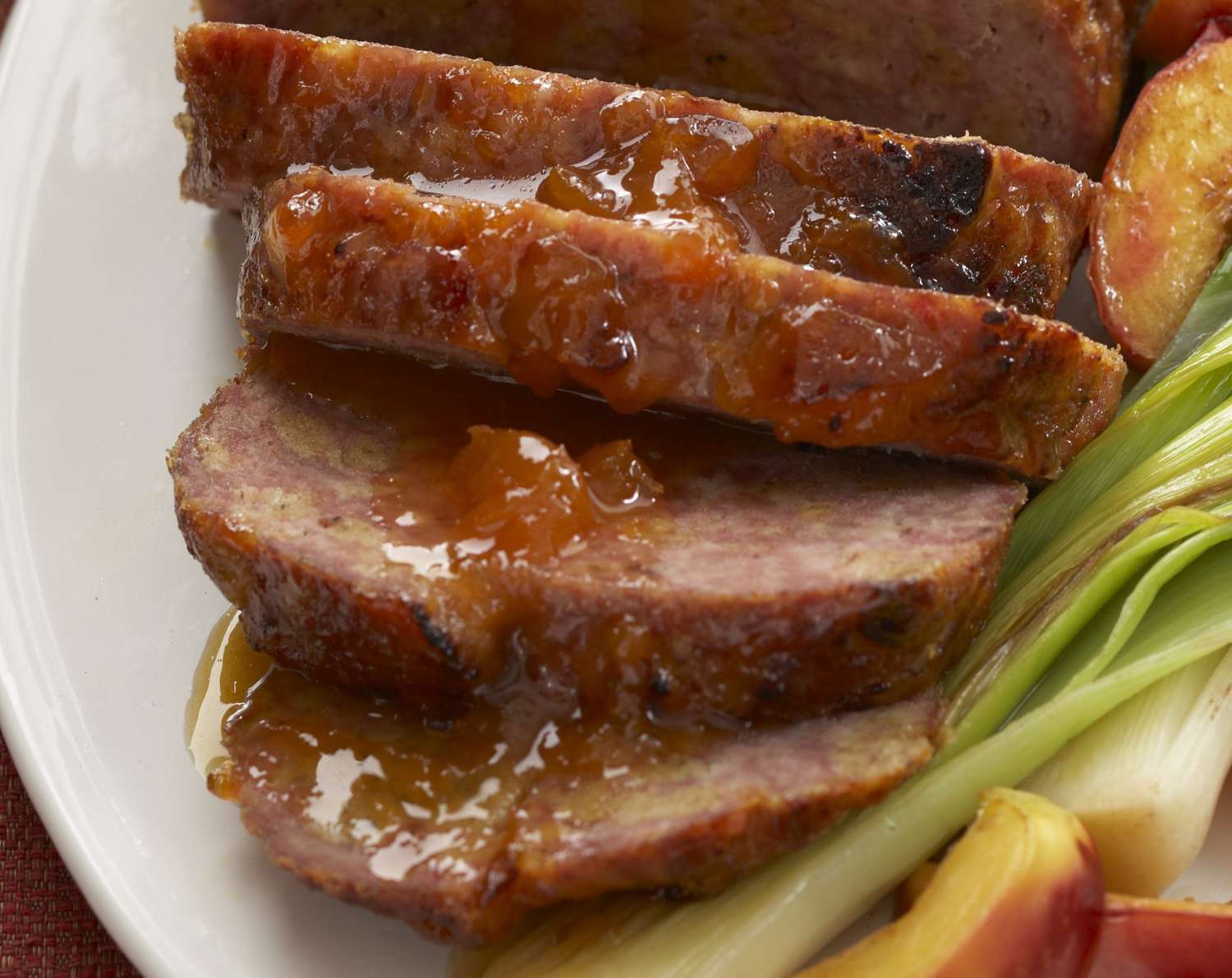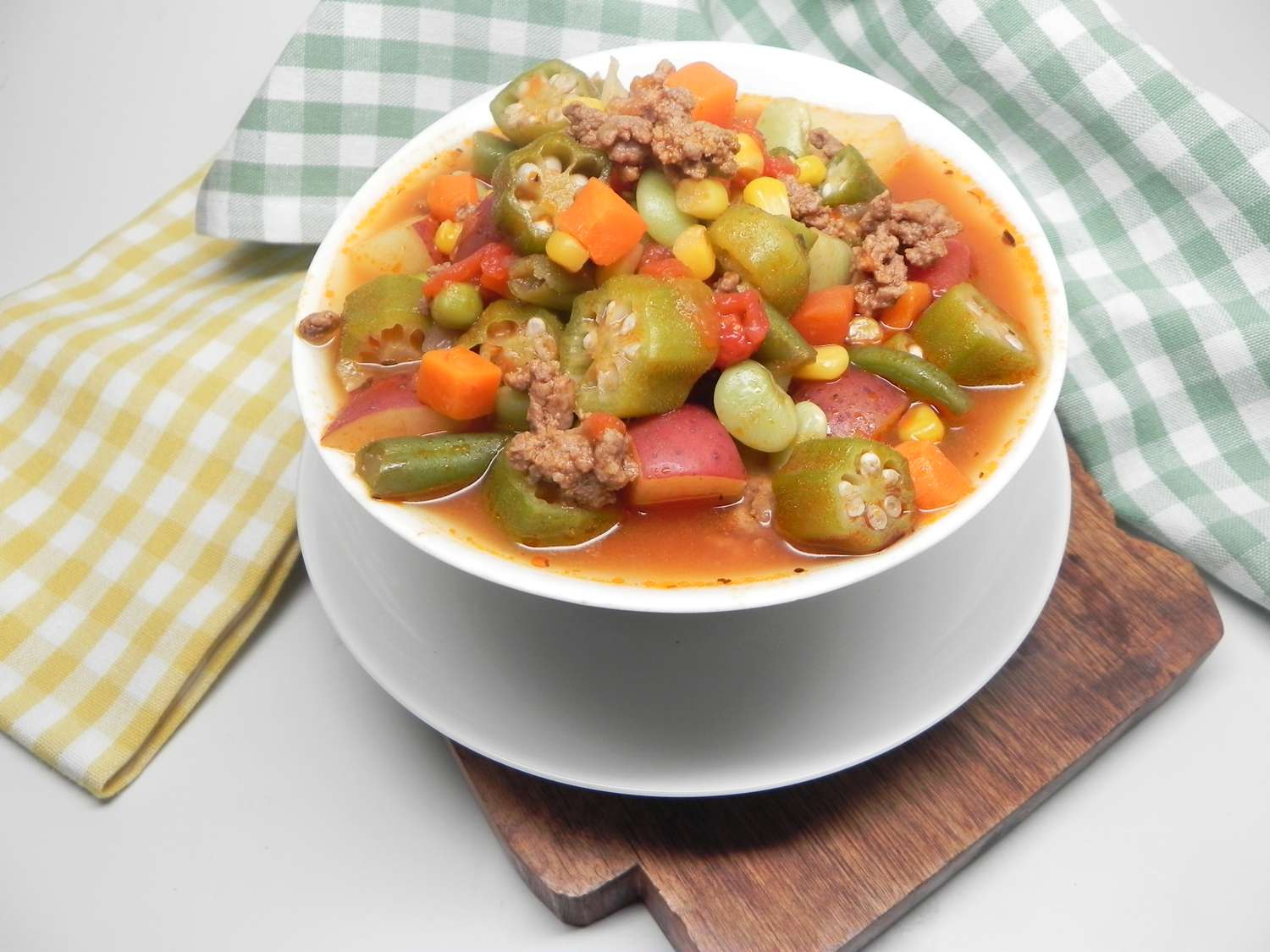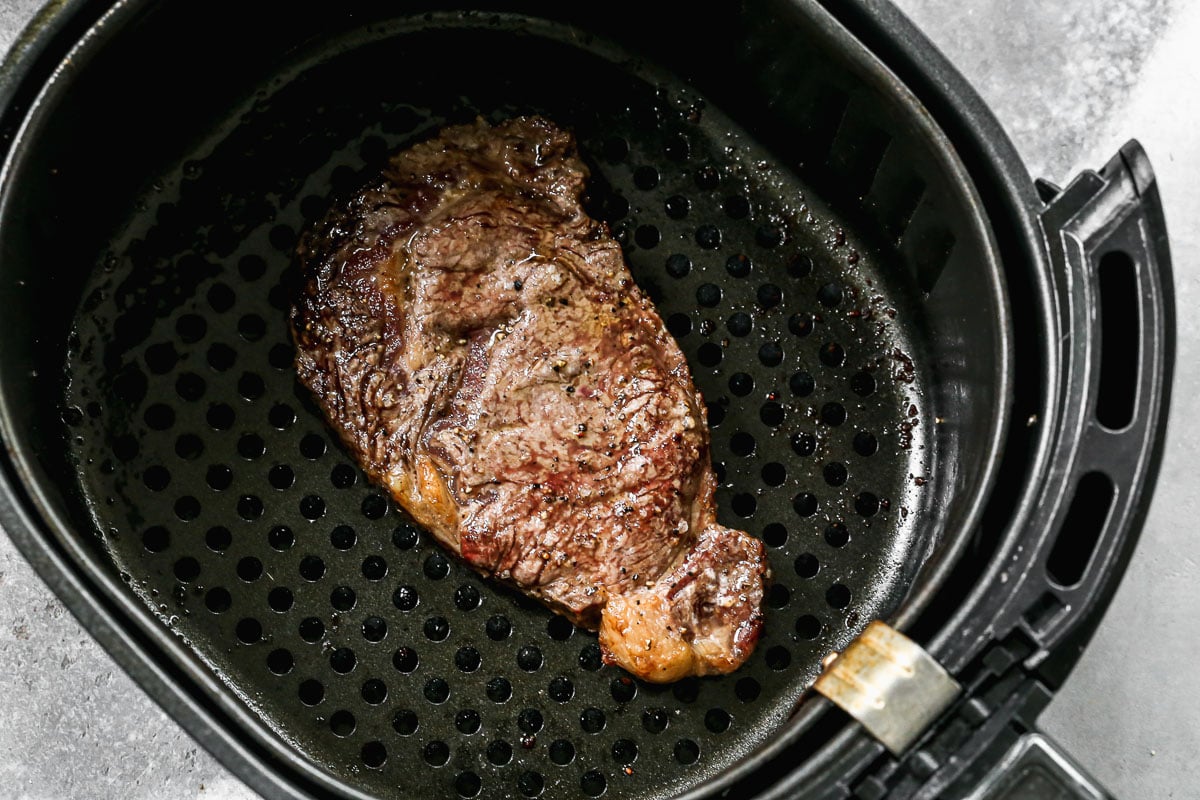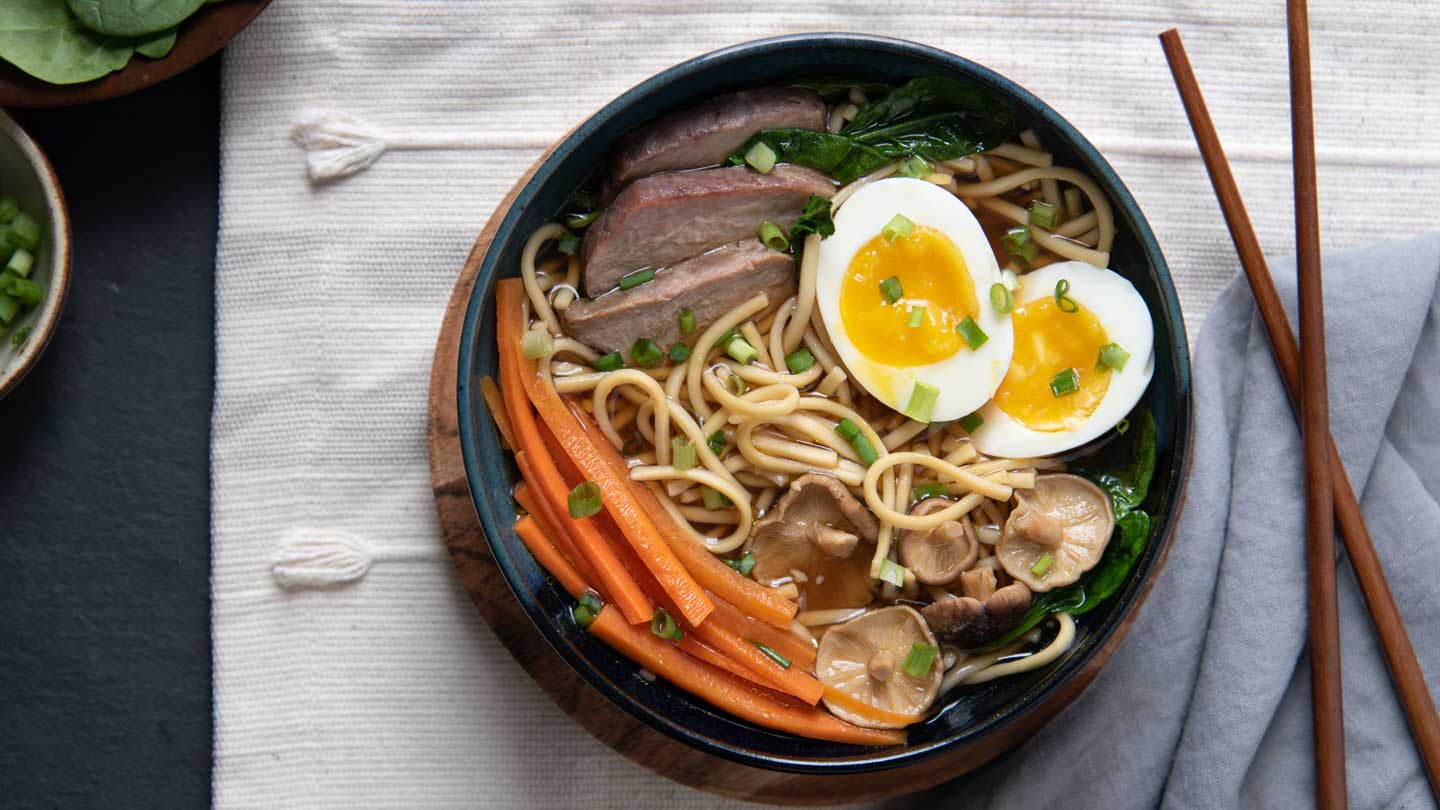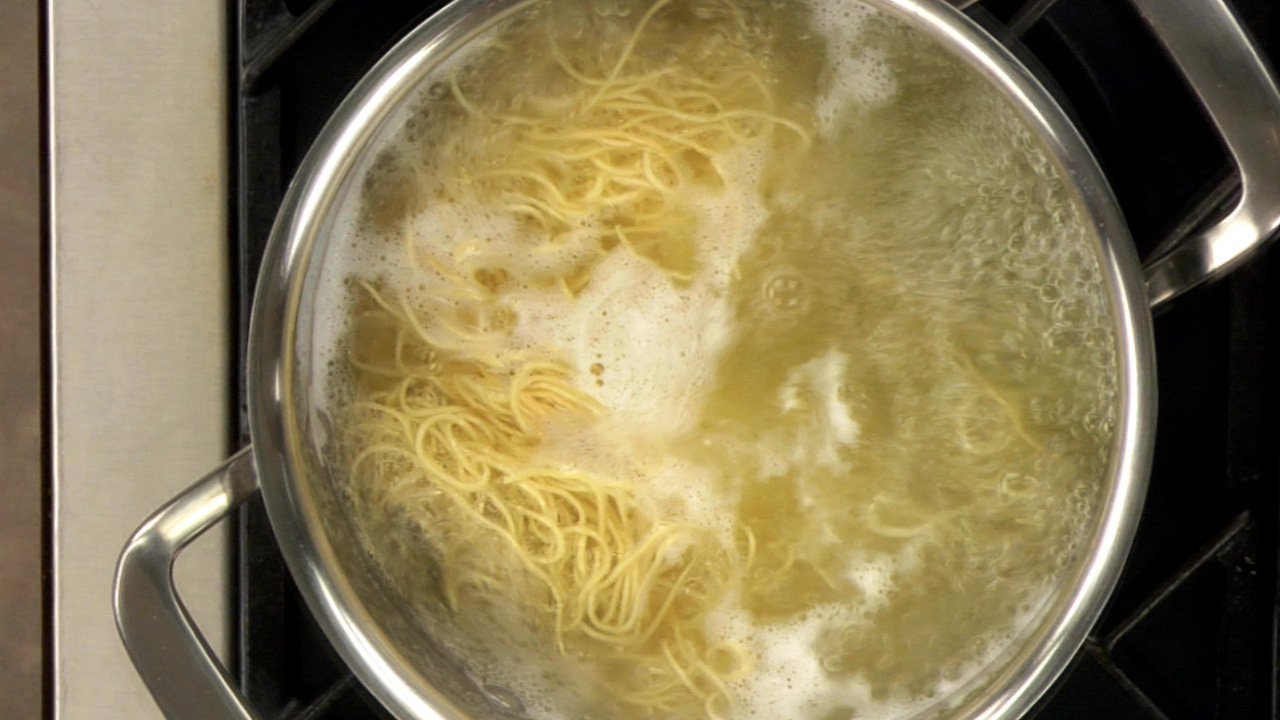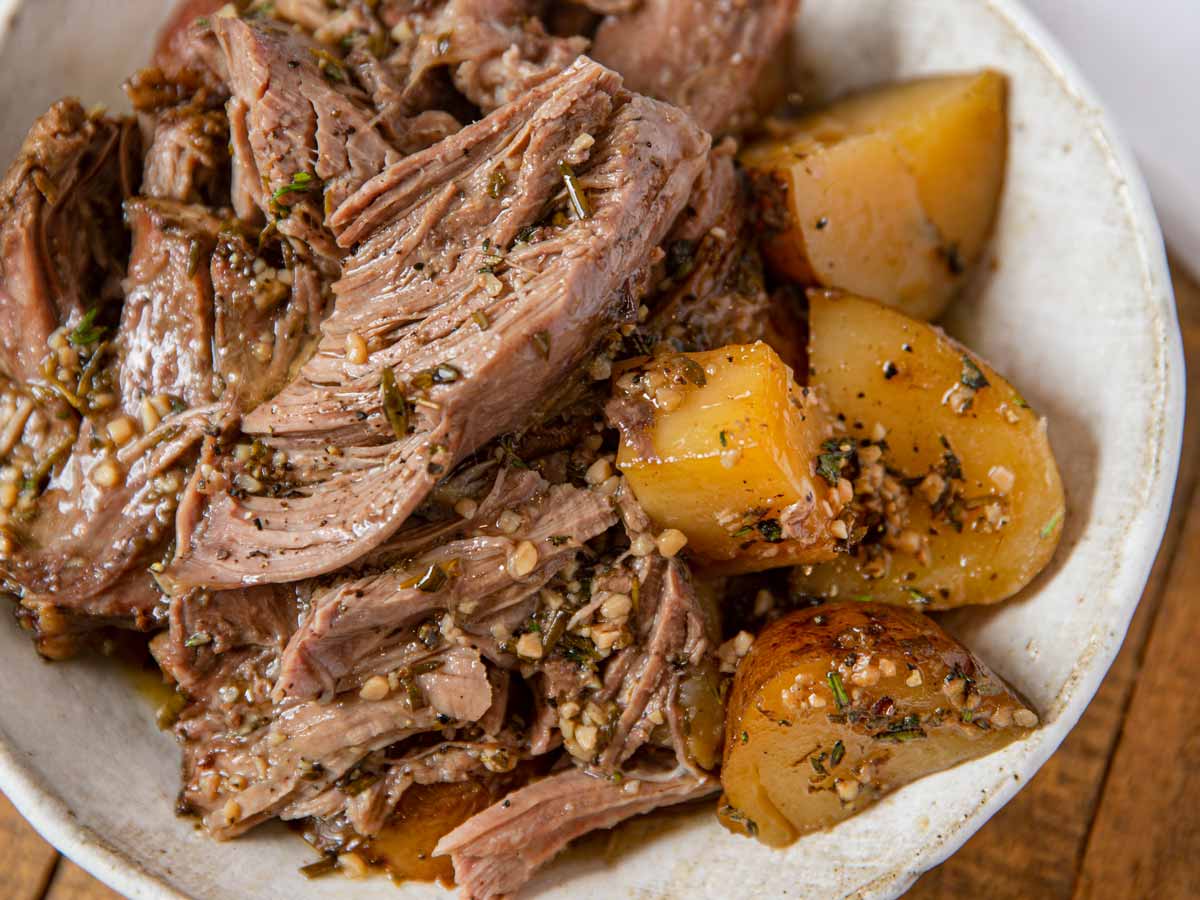The Ultimate Guide: How To Cook Frozen Salmon Fillet In Air Fryer
Are you a seafood lover who always keeps a stash of frozen salmon fillets in your freezer? If you own an air fryer and are wondering how to cook those frozen fillets to perfection, you’re in the right place! In this comprehensive guide, we’ll walk you through the step-by-step process of cooking a deliciously tender and flavorful frozen salmon fillet in an air fryer.
Gather Your Ingredients
Before we dive into the cooking process, let’s start by gathering all the necessary ingredients:
- Frozen salmon fillets
- Olive oil or cooking spray
- Your favorite seasonings (such as lemon pepper, garlic powder, or dill)
- Salt and pepper to taste
Preheat Your Air Fryer
After gathering your ingredients, it’s time to preheat your air fryer. Set the temperature to 400°F and let it preheat for a few minutes. Preheating ensures that your salmon fillets cook evenly and develop a crispy exterior.
Prepare the Salmon Fillets
While your air fryer is preheating, take your frozen salmon fillets out of the freezer and place them on a clean cutting board. Pat them dry with a paper towel to remove any excess moisture.
Next, brush or spray both sides of each fillet with olive oil or cooking spray. This will help the seasonings stick to the salmon and prevent it from drying out during the cooking process.
Season Your Salmon
Now it’s time to season your salmon fillets to add delicious flavors. Here are a few seasoning options you can try:
- Sprinkle lemon pepper and a pinch of salt on both sides for a citrusy kick.
- For a classic combination, season with garlic powder, dried dill, salt, and pepper.
- If you prefer a spicy twist, add some cayenne pepper, paprika, and a touch of garlic powder.
Feel free to get creative and experiment with different seasonings to suit your taste preferences.
Cooking Time and Temperature
Now that your air fryer is preheated and your salmon fillets are seasoned, it’s time to cook them to perfection. Place the fillets in the air fryer basket, making sure to leave space between each piece for proper air circulation.
Set the cooking time for 12 to 15 minutes. The exact cooking time may vary depending on the thickness of your fillets. Check for doneness by inserting a fork into the thickest part of the fillet – if it flakes easily, your salmon is ready to be savored.
Serving Suggestions
Once your salmon fillets are cooked to perfection, it’s time to serve and enjoy them. Here are a few serving suggestions:
- Serve the salmon fillets on a bed of mixed greens for a refreshing salad.
- Pair them with roasted vegetables like asparagus or Brussels sprouts for a wholesome meal.
- For a more indulgent option, serve the salmon with a side of creamy mashed potatoes or roasted garlic pasta.
Remember to garnish your dish with a squeeze of lemon juice or a sprinkle of fresh herbs to enhance the flavors further.
Cleaning Your Air Fryer
After enjoying your delicious salmon, don’t forget to clean your air fryer. Allow it to cool down, then remove the basket and tray. Wash them with warm, soapy water, or place them in the dishwasher if they are dishwasher safe. Wipe down the interior of the air fryer with a damp cloth to remove any oil or residue.
By following these simple steps, you can easily cook frozen salmon fillets to perfection in your air fryer. Say goodbye to soggy or dry salmon and hello to a delicious and healthy seafood meal. So, what are you waiting for? Grab your frozen salmon fillets, fire up your air fryer, and enjoy a satisfying and flavorful dish in no time!
Was this page helpful?
Read Next: How To Cook Salmon Bites In Air Fryer

